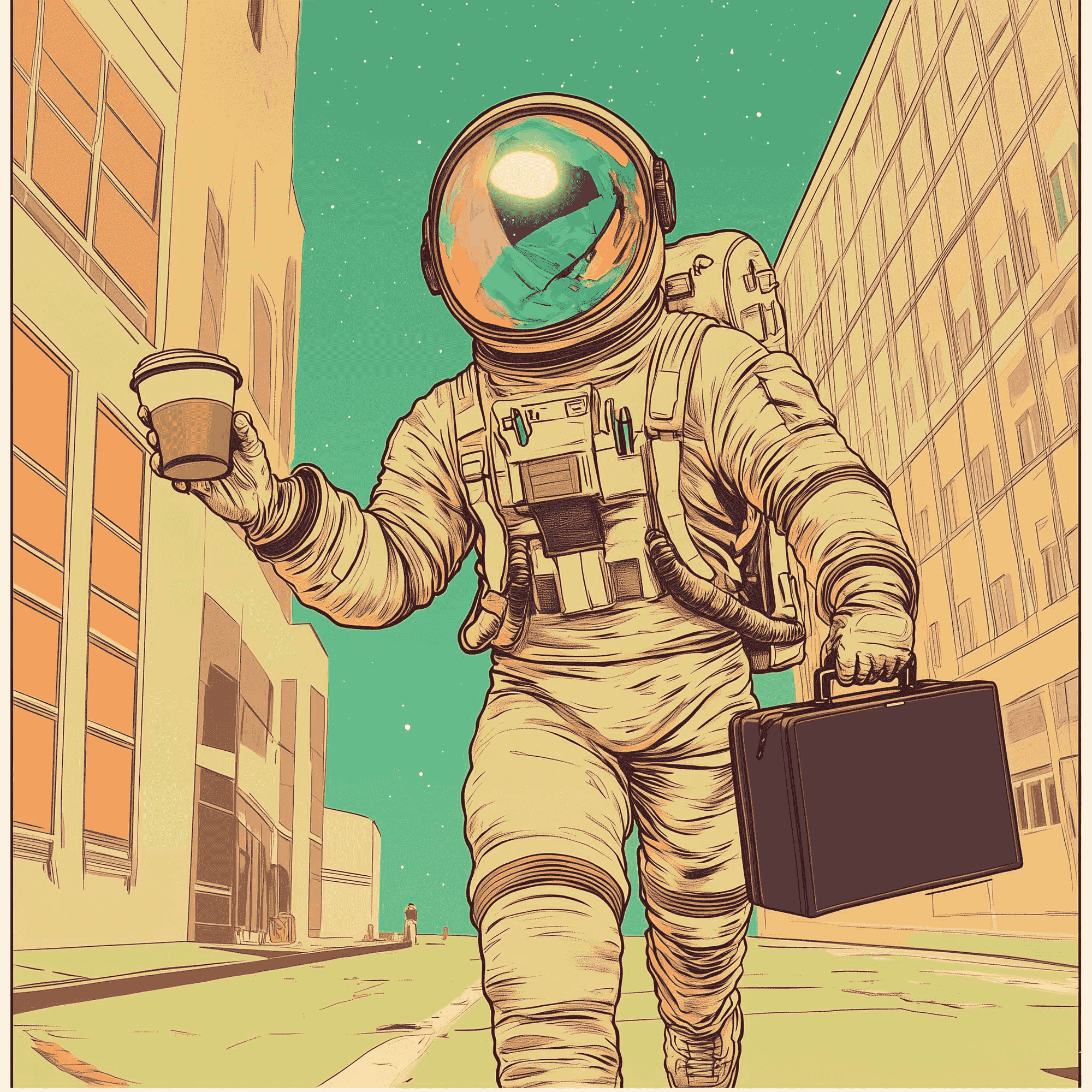You’re reading The Steady Beat, a weekly round-up of hand-picked articles for people who lead teams and projects, like engineering managers, design directors, product managers, project leaders, team facilitators, and department heads. Brought to you by the team at Steady.
By The Numbers - Chillin’
140 Million — The daily hours of viewing data Netflix must store as users stream, pause, rewind, and binge their way through content, creating a massive time series data challenge.
9:1 — Netflix’s write-to-read ratio that influenced their Apache Cassandra selection, meaning for every 9 new viewing records stored, only 1 is retrieved from the database.
30% — Short video previews account for 30% of Netflix’s data growth each quarter, despite being much smaller than full-length streams.
130+ — Netflix expanded into 130+ countries, significantly increasing its data storage and retrieval demands.
99% — A newly optimized cache system now handles 99% of data requests from memory, drastically reducing strain on databases.
— ByteByteGo, 18m, #data-storage, #netflix, #engineering
Under New Management
In the 1950s, General Motors proudly boasted about how much tax it paid, viewing it as patriotic scorekeeping—a management orthodoxy unrecognizable in today’s corporate landscape. This illustrates how management philosophies inevitably transform, often most dramatically at their peak of popularity. The GE phenomenon under Jack Welch exemplifies this pattern: his financialization approach dominated corporate America until its transplanted executives decimated value across multiple industries. Today’s “Measureship”—the data-obsessed descendant of “move fast and break things” philosophy—appears to be following the same arc. Having replaced the intuition-based “management by pattern” with algorithmic decision-making, Measureship may be approaching its diminishing returns phase where weaknesses become exposed and competitors develop alternatives. History suggests when a management orthodoxy becomes most ubiquitous, that’s precisely when it’s most vulnerable to disruption.
— Off Kilter, 8m, #management, #leadership, #organizational-change
Soft-skilling
In the binary world of engineering, we’ve overclocked our technical skills while leaving our human operating systems woefully outdated. Antony Henao’s new series on “Underrated Soft Skills” kicks off with a surprising focus: charisma. While most engineers obsess over optimizing algorithms, Henao argues the truly exceptional ones—those who create “meaningful and significant impact”—have mastered both technical AND human skills. Charisma isn’t some magical personality trait you’re born with, but rather recognizable behaviors that create positive environments instead of toxic ones. Consider the energy-vampire colleagues who remain perpetually absorbed in their own dramas, creating tension wherever they go. Their polar opposites? Charismatic engineers who listen actively, demonstrate empathy, and approach interactions with non-judgment. Technical skills might get you hired, but it’s human skills that determine how far you’ll go.
— The Utopian Engineering Society, 15m, #soft-skills, #engineering, #career-development
No More Mr. Nice Guy
The uncomfortable truth about productive conflict: those harmonious, conflict-free engineering teams you’re so proud of? They might be your biggest liability. As a Harvard researcher points out, psychological safety isn’t about avoiding disagreements – it’s creating space where challenging ideas strengthens rather than weakens the team. The real dysfunction in “nice” teams isn’t excessive conflict but insufficient honest communication. Engineers who nod in meetings then code something completely different. Design flaws everyone privately recognizes sailing through reviews untouched. The best-performing teams aren’t quiet ones but those where technical debates get spirited and different perspectives welcomed.
— Terrible Software, 6m, #psychological-safety, #leadership, #team-management
Intentional UX
As AI reshapes our digital interactions, we’re witnessing a profound shift that design experts like Vitaly Friedman and Jakob Nielsen are tracking closely. The revolution isn’t just in what our interfaces can do, but in how we fundamentally engage with them. We’re moving from a command-based paradigm (“do this, then this”) to an intention-based one (“here’s what I want to accomplish”). Think of how we evolved from manually adjusting exposure on film cameras to simply pressing a button on digital ones. Today’s AI features, like Windows Photos’ “Erase” tool, don’t require us to master complex editing techniques—we just highlight the unwanted leash in our dog photo and let AI figure out the rest. This philosophical shift challenges decades of UI design principles built around direct manipulation, where users had granular control over every action. The new model? You express the outcome you want, and AI determines how to get there.
— UX Collective, 6m, #ai, #ui-design, #interaction-design
Teamwork for the AI Era
Ship better work, 5X faster, without burnout
Steady is an AI-native team coordination app that gives everyone complete personalized context, automatically. It works by synthesizing real human insight with activity from all of the tools that teams use.
With Steady, teams deliver better work 5X faster, without tedious meetings, misalignment, or coordination chaos.
Learn more at steady.space.

